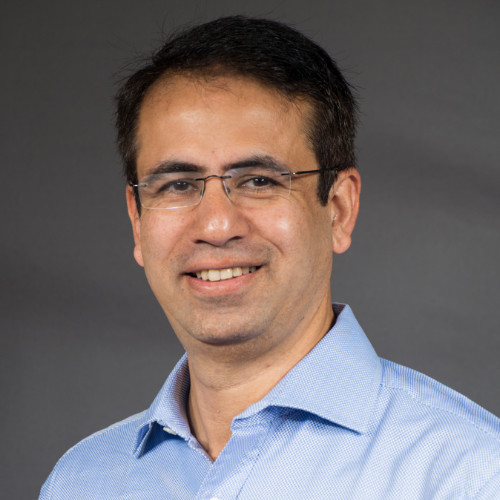The future of coherent optical networking in India
Network providers in India are investing in new approaches to adapt and evolve their networks to help improve customer experience. Ciena's Jatinder Khurana details how the latest coherent optical technology is playing a critical and expanding role in the journey to scale capacity, introduce more programmability, and achieve business objectives in India and beyond. This article was originally published in Communications Today.
 Network providers in India and globally have been using coherent technology for years to increase traffic-carrying capacity by orders of magnitude over existing fiber assets. The migration to cloud, popularity of over-the-top (OTT) content, move toward 5G, and an increasing dependency on on-demand, low-latency connectivity have led to an inflection point where network providers are investing in new approaches to adapt and evolve their networks to help improve their customers’ experiences.
Network providers in India and globally have been using coherent technology for years to increase traffic-carrying capacity by orders of magnitude over existing fiber assets. The migration to cloud, popularity of over-the-top (OTT) content, move toward 5G, and an increasing dependency on on-demand, low-latency connectivity have led to an inflection point where network providers are investing in new approaches to adapt and evolve their networks to help improve their customers’ experiences.
Rise of video in India
The skyrocketing rise of video in India to watch popular events such as the upcoming 2019 Cricket World Cup, consuming videos on WhatsApp, and watching YouTube is expected to put even more demand on networks. For example, Jio recently reported that the average data consumption per user per month was 10.9 GB for its 306-million subscriber base. The demand for video and other digital content is driving network modernization efforts, which are generating new and divergent requirements for coherent optical solutions.
The future of coherent optical networking
This year’s OFC delved into the topic of how network providers are all facing business challenges that are forcing them to evolve and transform their networks to handle surging bandwidth requirements. At the event, more than 15,000 professionals from across the world discussed developments in optical communications infrastructure and how the industry can keep up with end-user demand.
To be successful, network providers must scale their networks for future growth. Core to these strategies is expanding the role of coherent technology to include the new network architectures, borne from the business drivers mentioned above. In today’s on-demand world, a divergent set of coherent solutions has emerged: (1) performance-optimized solutions for best system performance without constraints, while enabling maximum optical layer automation; and (2) footprint-optimized solutions that support short-distance, predominantly point-point links.
Getting the most fiber capacity with performance-optimized coherent solutions
Network providers are moving to more software-driven, adaptive, highly scalable networks that promise new efficiencies, cost savings, and service agility. Performance-optimized coherent solutions provide the best network economics, leapfrogging emerging 600G solutions to offer 800G, and deliver 50 percent more capacity per wavelength and up to a 20 percent increase in spectral efficiency. These types of solutions are ideal for unpredictable traffic-demand applications as well as where fiber resources are limited; for example, submarine systems, which comprise thousands of kilometers of submerged cables.
Footprint-optimized solutions can help when space and power are primary considerations
The launch of fiber densification initiatives and higher per-flow bandwidth requirements, combined with the cost and power reductions now possible with next-generation coherent solutions, are opening the access space as an entirely new market for coherent solutions. Further, as the market moves toward access applications, requirements change. Network operators need small form factor and easily deployable solutions that can aggregate multiple access connections and backhaul traffic to a central location over a single, smaller-size (100G) wavelength. Footprint-optimized coherent solutions are a perfect fit for this application. The resulting high-bandwidth connectivity to end users and devices allows for the introduction of innovative services and helps network providers evolve toward networks that can readily adapt to change.
Preparing India for the next wave of connectivity requirements
Now more than ever, Indians are turning to video – whether it is catching the latest cricket match or sharing videos on WhatsApp – and network providers need disruptive coherent technology that will uniquely address these divergent requirements. For example, with the latest coherent optical technology, one 90-minute HD movie from Netflix can be transported in 45 milliseconds. Coherent technology is playing a critical and expanding role in the journey to scale capacity, introduce more programmability, and achieve business objectives in India and beyond.





